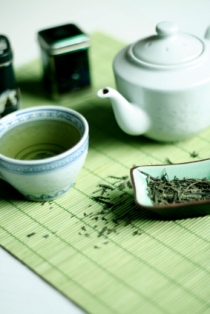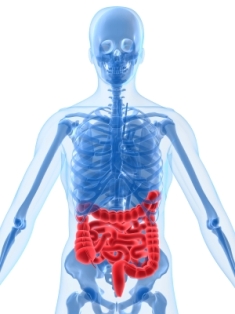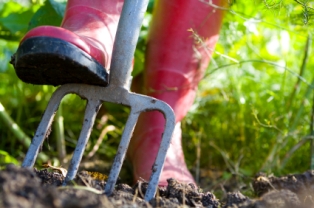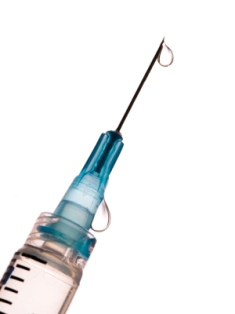The Anthocyanin Anthology
Chronicling the Assortment of Anthocyanin Benefits
Anthocyanins ‚Äď the phytochemical compound found in brightly colored vegetables ‚Äď are so health-promoting, so ubiquitous in their disease prevention, there ought to be an anthocyanin anthology.
As documented here, anthocyanins help prevent cancer cell growth.  And as documented here, the anthocyanins in red cabbage helps prevent Alzheimer’s and metabolic syndrome.
The latest addition to the anthocyanin anthology?  They may improve one’s cholesterol profile.
Anyone at least mildly versed in health matters knows there are two types of cholesterol:  HDL, the good kind, and LDL, the bad kind.  So the ideal way to improve that profile is to increase the good cholesterol while lowering the bad cholesterol, right?
Well, anthocyanins appear able to pull off that double-duty trick…and then some.
According to a study of 120 people (not rats, as is so often the case), participants supplementing with high amounts of anthocyanin reduced their LDL cholesterol by nearly 14 percent (13.6 percent) and increased their HDL profile by 14 percent (13.7 percent).  This was based on a 12-week study of 40 to 65-year-old men and women, all of whom had dyslipidemia.  Dyslipidemia is a blood disorder characterized by high levels of triglycerides, LDL cholesterol, or both.
Approximately half of the participants received a daily supplement containing 320 milligrams of anthocyanins for about three months.¬† The other half received a placebo.¬† By the end of the study, the anthocyanin contingent saw serious improvements in their cholesterol count (again, about a 14 percent uptick in HDL), while the placebo group barely scratched the surface in improvement (a mere 3 percent increased HDL count).¬† And the LDL lowering fared even worse ‚Äď just a 0.6 percent drop (compared to the anthrocyanin group, which dropped 13.6 percent).
The study was randomized and double-blind, which lends credibility to the test because it means that neither the test subjects nor the researchers themselves knew whether the supplement contained anthocyanins or were water pills.
The researchers ‚Äď who hail from Sun Yat-Sen University in Kaohsiung, China ‚Äď believe that anthocyanins help improve cholesterol profiles because of an LDL cholesterol-clearing protein they contain called CETP. CETP replaces triglycerides with cholesterol esters, the chemical compound make-up of HDL.
The study is published in the online version of the American Journal of Clinical Nutrition, soon to be published in its print version.
I’m all for supplementation, as most of you know, but there’s nothing better than getting anthocyanins from foods themselves.  And because anthocyanins are what give fruits and vegetables their color, anyone who eats their fruits and veggies regularly is getting a healthy dose of anthocyanins already.
But for those looking for the highest yield, look no further than the bodacious berry.  Berries are chock full of them, even fruits that resemble berries but aren’t really berries, like grapes and cherries.  The supreme leader of the berry barrel in anthocyanins is the black currant, which can carry up to 400 mg for every 100 grams.
The blackberry, blueberry, chokeberry and cranberry round out the top five berries.
But that’s among berries.  If you’re looking for the head honcho, the grand poo-bah in anthocyanin count, that title goes to the underappreciated eggplant.  There’s a whopping 750 milligrams of anthocyanins in 100 grams of eggplant.
Source:
nutraingredients.com
food-info.net
Posted: August 9th, 2009 under Cancer, Green Tea.
Tags: anthocyanins, berries, cherries, eggplant, grapes, improve cholesterol, improve cholesterol levels, phytochemicals
Comments: none


















